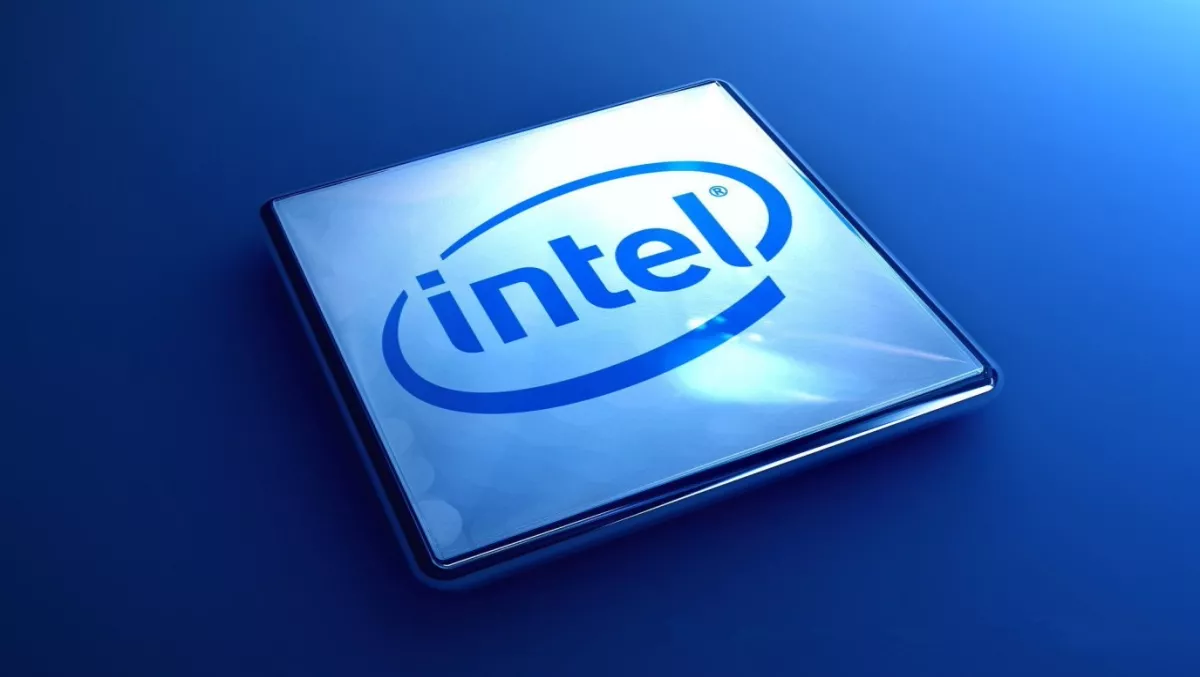
Total worldwide semiconductor revenue reached $315 billion in 2013, up 5 percent from 2012, with Intel leading the way for the 22nd year in a row.
According to recent findings released by Gartner, combined revenue of the top 25 semiconductor vendors increased by 6.9 percent during 2013.
This was a significantly better performance than the rest of the market, whose revenue growth was 0.9 percent, and was due, in part, to the concentration of memory vendors in the top ranking.
The memory market increased 23.5 percent in 2013.
"After a weak start to 2013 due to excess inventory, revenue growth strengthened during the second and third quarters before leveling off during the fourth quarter," says Andrew Norwood, research vice president, Gartner.
"Memory, and in particular DRAM, led this growth; not due to strong demand, but rather weak supply growth that pushed pricing higher.
“In fact, the overall market faced a number of demand headwinds during the year, with PC production declining 9.9 percent and the premium smartphone market showing signs of saturation as growth tilted toward lower-priced, albeit quite capable, entry-level and midrange smartphone models."
Intel saw a second year of revenue contraction with sales down 1 percent, mostly due to falling PC sales.
However, it continues to command a clear lead, holding the No. 1 position for the 22nd consecutive year with 15.4 percent of the market.

Samsung Electronics maintained the No. 2 position for the 12th year. The company has almost doubled its share of the market since 2002. Samsung's memory business saw strong revenue growth for both DRAM and NAND flash.
In third position, Qualcomm's semiconductor business grew 30.6 percent. This was achieved due to its market-leading position in smartphone application processors and Long Term Evolution (LTE) baseband processors.
The company continues to outperform the market, with its mobile station modem unit shipments increasing 21 percent during 2013.
At No. 4, SK Hynix's revenue increased 40.8 percent, representing the strongest organic growth in the top 25 and pushing the company into the top five for the first time.
Micron Technology saw the biggest revenue growth among the top 25 due to its acquisition of Elpida Memory, which Gartner counts under Micron from 3Q13 onward.
Vendor Relative Industry Performance
Market share tables by themselves give a good indication of which vendors did well or badly during a year, but they do not tell the whole story.
More often than not, a strong or weak performance by a vendor is a result of the overall market growth of the device areas that the vendor participates in.
Gartner's Relative Industry Performance (RIP) index measures the difference between industry-specific growth for a company and actual growth, showing which are transforming their businesses by growing share or moving into new markets.
MediaTek and Qualcomm topped Gartner's Relative Industry Performance index analysis by significantly outgrowing their peers in the mobile handset market. MediaTek accomplished this by focusing on the low-tier and midtier segments in China and other emerging markets; Qualcomm dominated the Tier 1 OEMs and high-end segments.
Gartner's annual semiconductor market share analysis examines and ranks the worldwide revenue for more than 280 semiconductor suppliers in 64 separate product categories and eight major market categories.